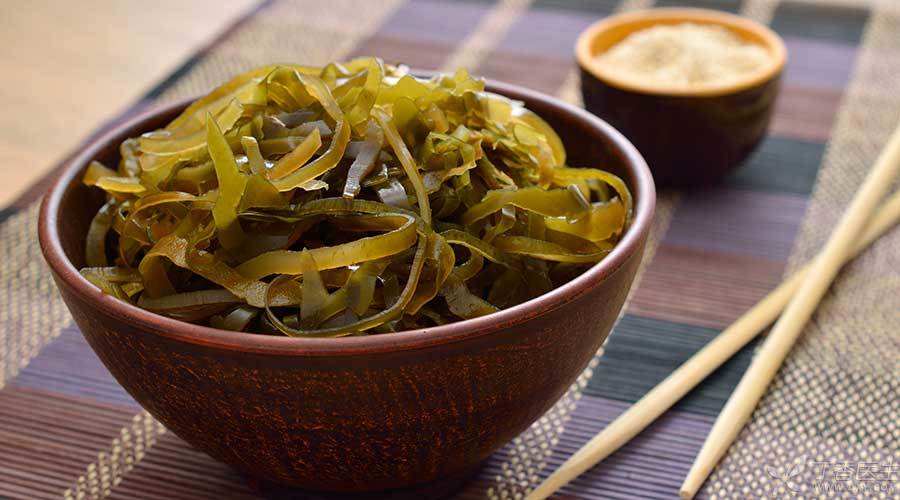
Iodine and thyroid gland are close friends. Iodine is an essential raw material for synthesizing thyroid hormone. When friends get along with each other, they need to grasp the discretion. One point more or one point less is easy to cause conflicts.
Iodine deficiency: It will not only lead to hypothyroidism, goiter and mental retardation in children, but also induce thyroid nodules and thyroid follicular cancer.
Iodine excess: not only will lead to hyperthyroidism, but also Hashimoto thyroiditis and papillary thyroid cancer.
How much iodine is appropriate to eat every day?
In order to promote the thyroid health of all mankind, WHO recommends that different groups should eat iodine like this:
- Children aged 0 ~ 5 years old ingest 90 g iodine every day. Children aged 6 ~ 12 years old ingest 120 g iodine every day. People over 12 years old consume 150 g iodine every day; 250 g of iodine per day during pregnancy and lactation.
G denotes micrograms, and 1 microgram = 0.000001 g
Most of our daily iodine intake is provided by iodized salt, and the rest mainly comes from diet.
What is the iodine content of different foods?
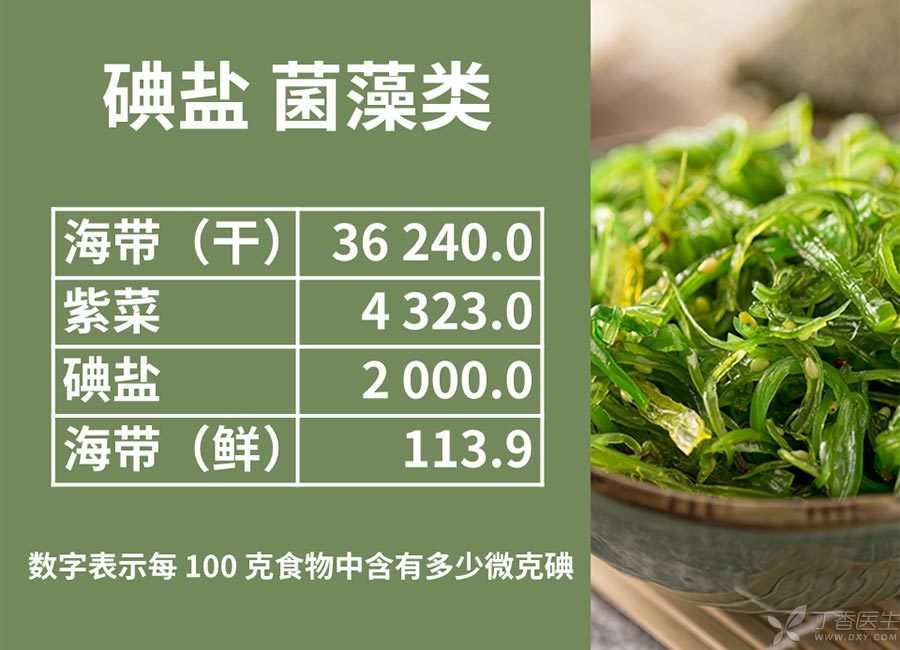
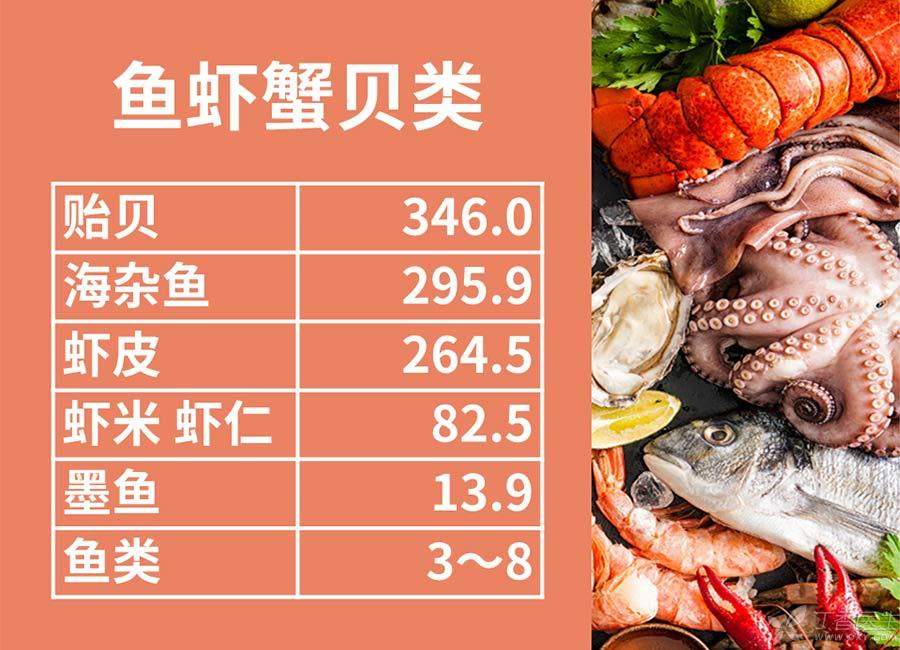
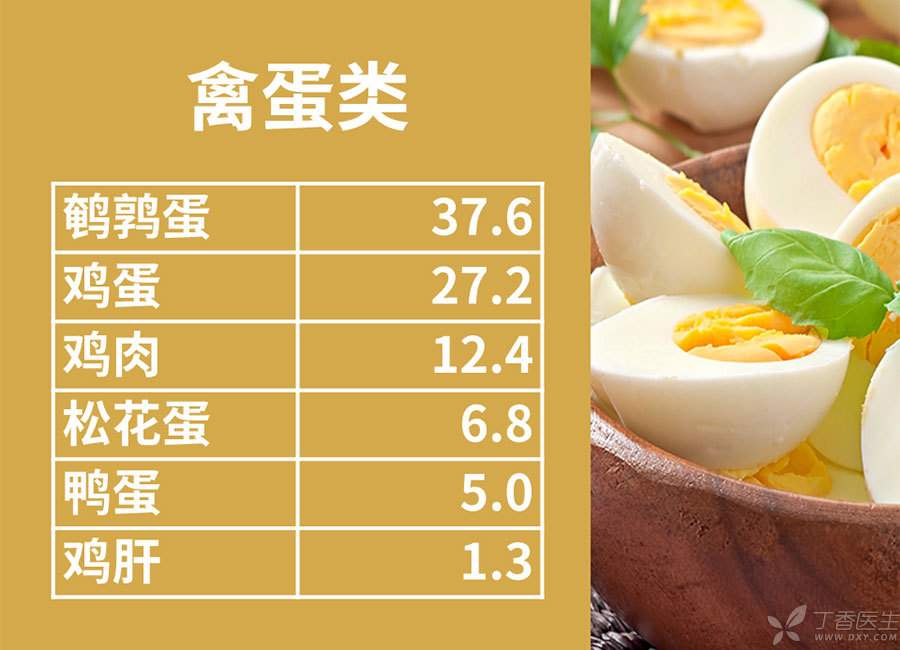
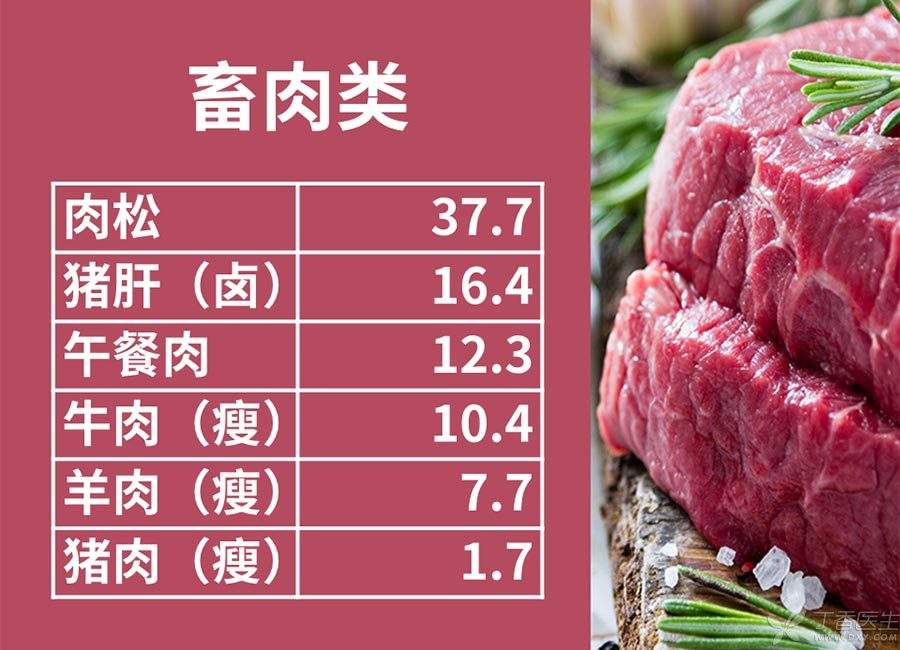
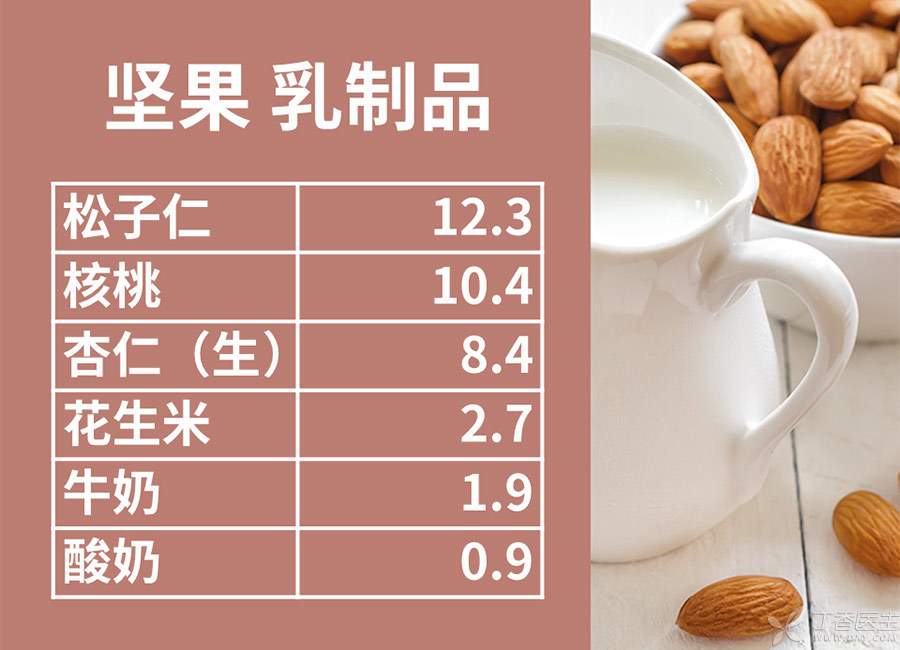
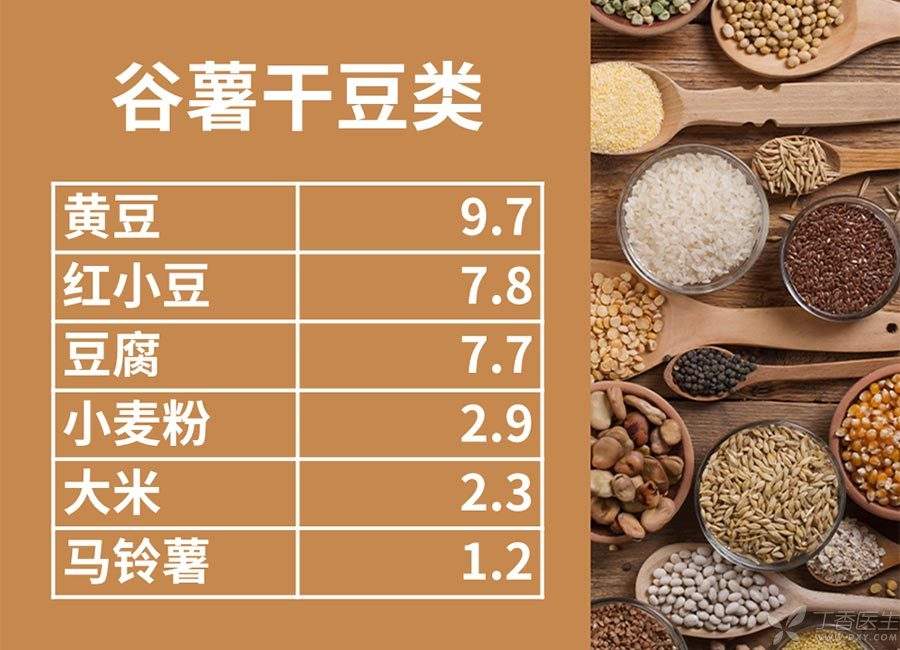
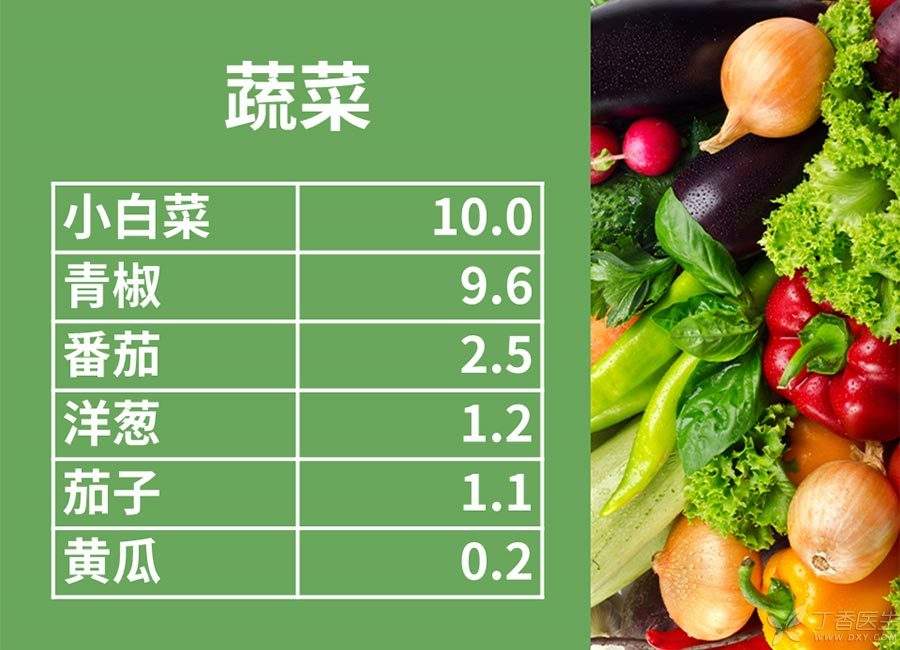
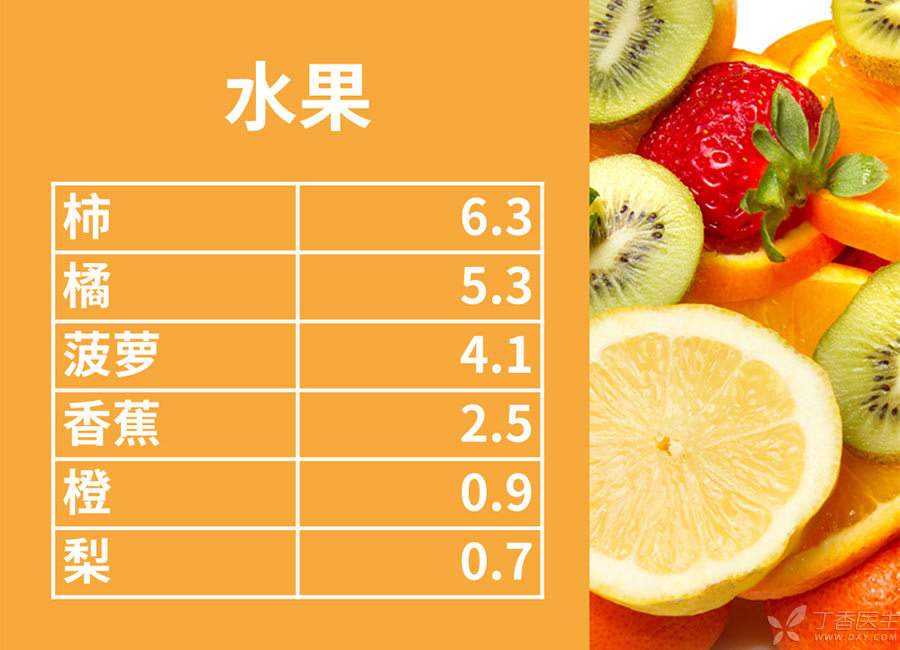
The values in the above table refer to the amount of iodine (g) contained in every 100 grams (i.e. 22 ounces) of food.
How should the values in the table be used?
Take iodized salt as an example. We eat about 6 grams of salt every day, from which we can get 120 g of iodine. The remaining 30 g can be easily obtained from other foods and drinking water.
Although WHO recommends that adults consume 150 g of iodine every day, it does not mean that exceeding 150 g will cause iodine excess. The human body has a self-regulating function and excess iodine can be discharged out of the body.
Unless someone eats a lot of high iodine food every day, it is possible to lead to excessive iodine.
It is not difficult to find from the above table:
- Kelp and laver have the highest iodine content, followed by shrimps and shellfish. Salt-containing processed foods also have a certain iodine content, while vegetables and fruits have the lowest iodine content.
Therefore, we must pay attention to a balanced diet at ordinary times. If we eat foods with high iodine content and low iodine content together, we will not be afraid of iodine deficiency or iodine excess.
Hyperthyroidism patients need to reduce iodine intake as much as possible, and can also check the table to avoid foods with high iodine content.
